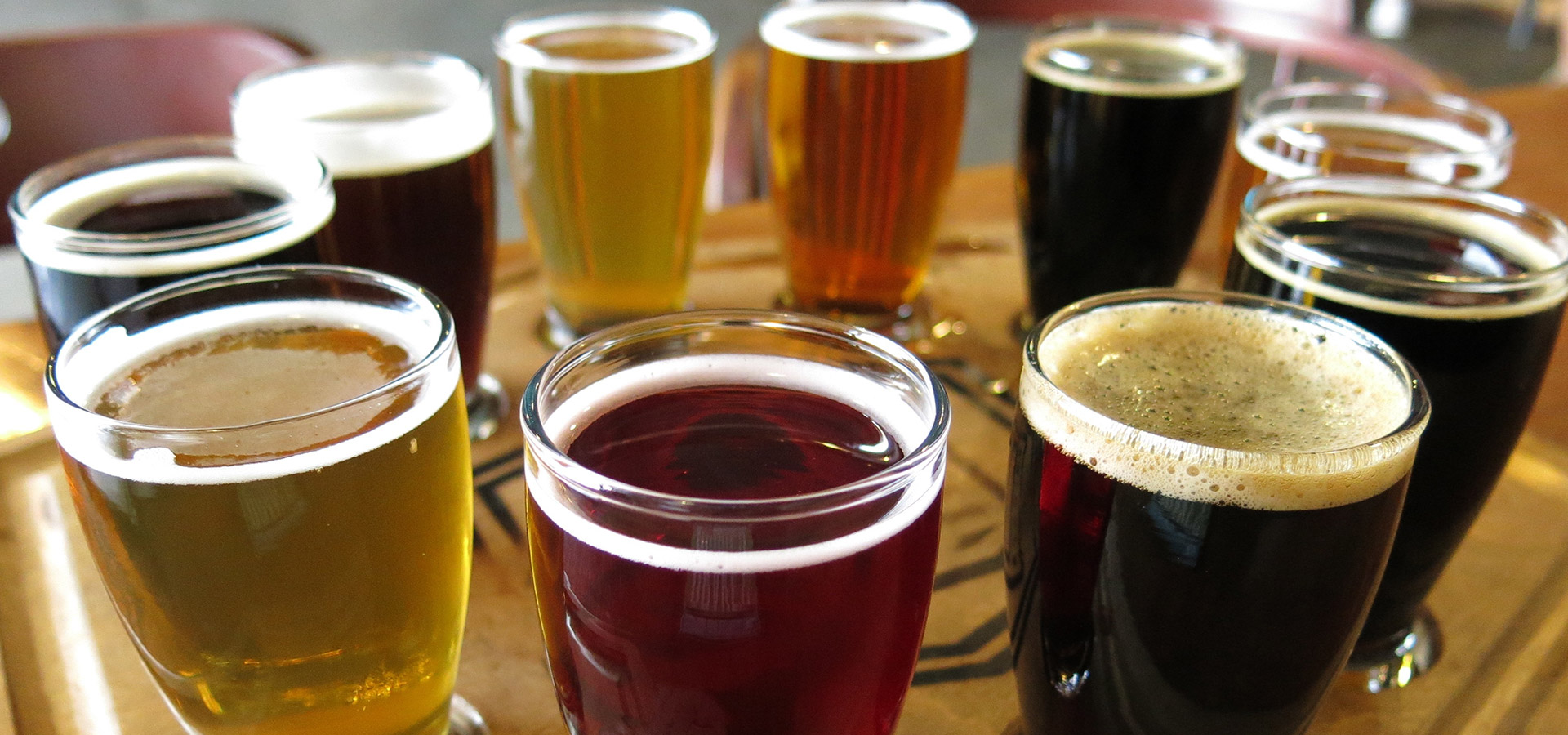“A beer style is an informal agreement between a brewer and a customer, expressed through a name on a label, by which the former gives the latter a rough idea of what they are about to buy.”
Three years in the compilation, with contributions from beer experts in 17 different countries, the European Beer Consumers’ Union (EBCU) has formally launched The Beer Styles of Europe and Beyond (https://beer-styles.ebcu.org/), the first guide to the world’s major beer styles to be written from the perspective of beer lovers based on this side of the Atlantic, and the first one compiled with the beer consumer in mind.
Lead author and website curator, Guild member Tim Webb, describes the website as an attempt to bring a reliable, independent and authoritative approach to a subject that defines one of the key differences between craft producers and industrial concerns, and between brewers who aspire to excellence and those who chase novelty. EBCU has tried to cover the same ground as the American Brewers Association guidance to brewers and BJCP’s guide for beer judges, but put has the consumer at the heart of its advice.
Sub-dividing beer into six main categories – Industrial lagers, Authentic lagers, Ales, Specific clusters (e.g. stouts & porters, wheat beers, lambic etc), Regional specialities, and Flavoured beers – the site goes on to describe over 150 individual beer styles that have stood the test of time. It covers their origins, key features and development over time.
EBCU is the international umbrella group maintained by national beer consumer groups in Europe, the largest and oldest of which is CAMRA. It is pledged to support the diversity of beer cultures, best quality information for consumers and containment of costs.
No beer style stands still, though many gather their own mythology. Citing ‘Bitter’ as an example, Webb says: “Bitter only really rose to prominence as the UK’s favourite beer style in the 1960s and by the 1990s had been overtaken by lager. A modern British Bitter would be as unrecognisable to a Victorian beer drinker, just as their favourite styles would be to most of us today.”
The only major category that is excluded for now is that of low-alcohol and no-alcohol beers, about which the site says: “This is because they do not yet constitute a style, as such. Rather, they represent a cluster derived from many different styles, including industrial lagers, a variety of pale ales, stouts, wheat beers and others. They are also very much a work in progress. When we feel we can do the category justice, we will include them.”
The intention is for this to be a living document, kept under constant review. All polite suggestions for improving it will be gratefully received.
Contact: Tim Webb belgiumgbg@aol.com
Third-party news items that are posted on the Guild website’s news section come from press releases received by the Guild. These press releases are posted as they have been received and their publication on the Guild website is intended as an informational service provided to our members and website visitors. As such, the publication of a story from a third-party source is neither an endorsement of the content, nor its sender, by the Guild. For enquiries on any news item, please use the contact details that can be found at the bottom of each post.

